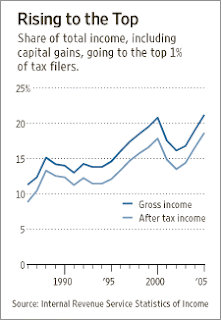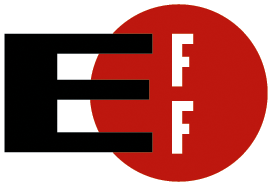Slate has an article discussing the ways that Adam Smith's "invisible hand" of the free market can be very bad at providing goods and services that are outside of the norm.
This brings us back to Nike's new shoe. Foot Locker is full of options that fit me and most other Americans. But American Indians make up just 1.5 percent of the U.S. population, and with feet on average three sizes wider, they need different-sized shoes. If we had all voted in a national election on whether the Ministry of Shoes should make wide or typical-width shoes, we surely would have chosen the latter. That's why Friedman condemned government allocation. And yet the market made the same choice. If Nike's announcement looks like a solution to this problem of ignored minority preference, it really isn't. The company took too many years to bring the shoe on line, and according to the Associated Press, the new sneaker "represents less of a financial opportunity than a goodwill and branding effort."
The Wall Street Journal is reporting on a different sort of market failure: the ever-increasing gap between rich and poor. This might be defensible if the rich were getting richer and the poor richer too -- in fact I remember being suckered into believing this myth as a teenager, but as the WSJ explains, in fact the poor are getting poorer, the middle class are treading water to keep from sinking, while only the rich are moving ahead. America hasn't been so unequal since the 1920s.






No comments:
Post a Comment